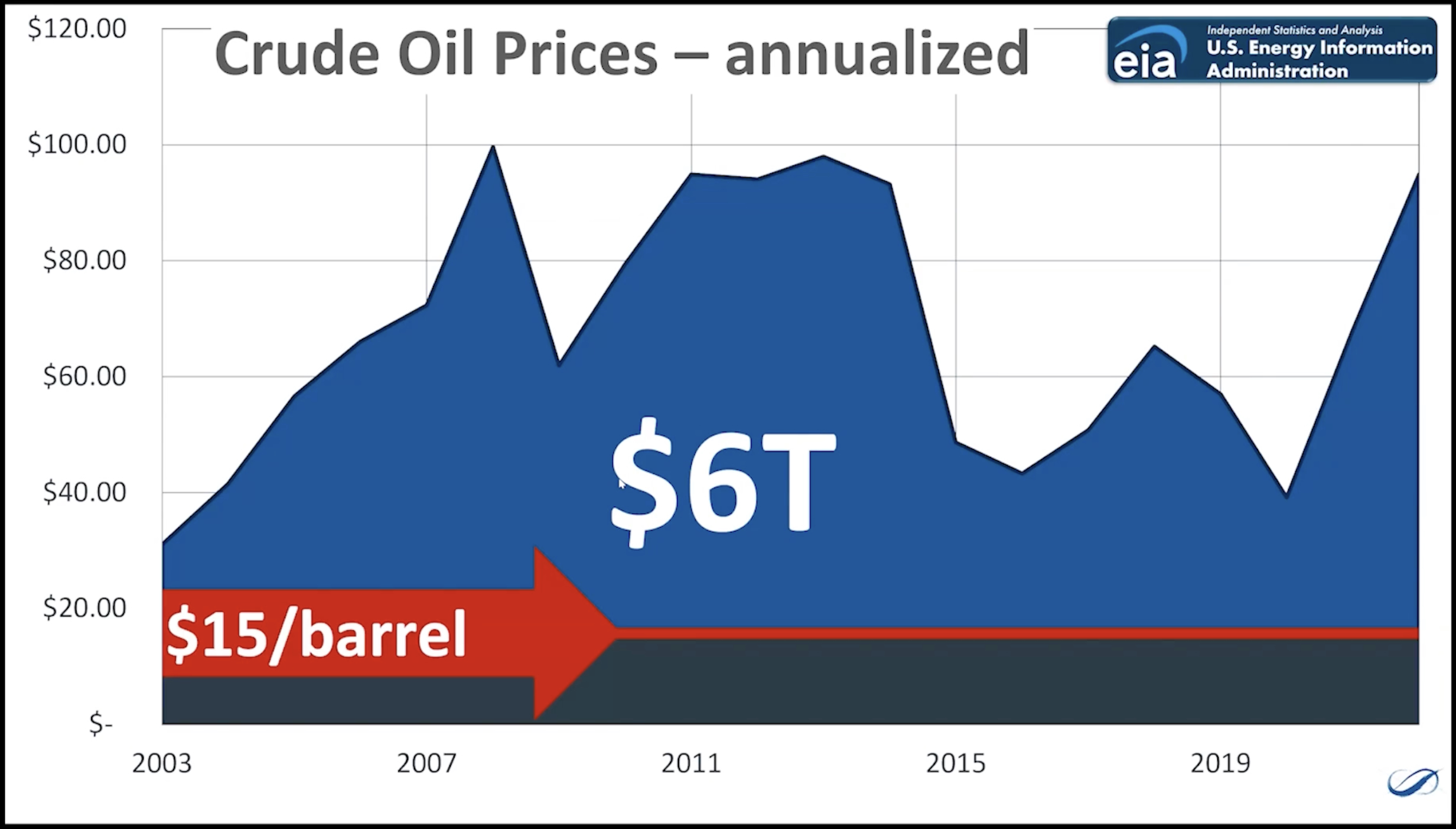Market Forces and EV Efficiency

Note: This article was first published here.
For those of you who follow me, I care a lot about how market forces can drive our transition to an abundant, low-cost, low-carbon energy future.
🚘 First, let’s look at the energy efficiency of driving an electric vehicle.
- Electric vehicles are more efficient to drive than gasoline-powered cars. That’s largely because current EVs are 2.6 to 4.8 times more efficient at traveling a mile compared to a gasoline-powered internal combustion engine (ICE), according to data from the U.S. Department of Energy (1).
- Most of the energy contained in petroleum when operating a car is lost as heat. As 2023 data from the Lawrence Livermore Labs show, only about 22.5% of the energy contained in gasoline moves the car (2). The other 77.5% is “rejected” (aka wasted) energy. In comparison, an electric vehicle utilizes 75-80% of the electricity fed into it, according to analysis by the National Renewable Energy Laboratory (1). Some sources have reported efficiency as high as 90%. Even when considering the origin of the electricity, electric vehicles are far more efficient than ICEs.
- Because of these efficiencies, any EV model is cheaper to fill than a gas-powered vehicle, no matter what state you live in, according to a 2023 report released by the nonpartisan policy firm Energy Innovation (3).
💲 Now, let’s look at market pricing and cartels. It’s cheaper to drive an electric vehicle.
- Petroleum prices are controlled by cartels, and have been for decades. Prices have fluctuated wildly with world geopolitics and other factors outside of consumer control. Today crude oil is selling for about $75/barrel.
- In contrast, electricity is bought and sold on the grid, which is a commodity market based on supply and demand. Today electricity retail prices are approximately $0.30/kWh in California.
- If petroleum competed on the same marketplace as electricity, it would sell for $15/barrel.
- $6 trillion of additional expense to the U.S. consumer over the past 20 years is the result of petroleum-powered cars.
👉 So what does this all mean?
In his Jan. 21 executive order, President Trump said he wants to promote “true consumer choice,” and we’d like to point out simply that powering a car with electricity costs less money than using gasoline.
📚Background Reading
• DOE/NREL Vehicle Efficiency Ratios: https://www.nrel.gov/docs/fy23osti/84631.pdf
• Lawrence Livermore National Labs data: https://flowcharts.llnl.gov/sites/flowcharts/files/2024-12/energy-2023-united-states.png
• Energy Innovation report: https://energyinnovation.org/publication/how-much-does-it-cost-to-fill-up-an-electric-vehicle-vs-a-gas-powered-car/
— Dave Welch